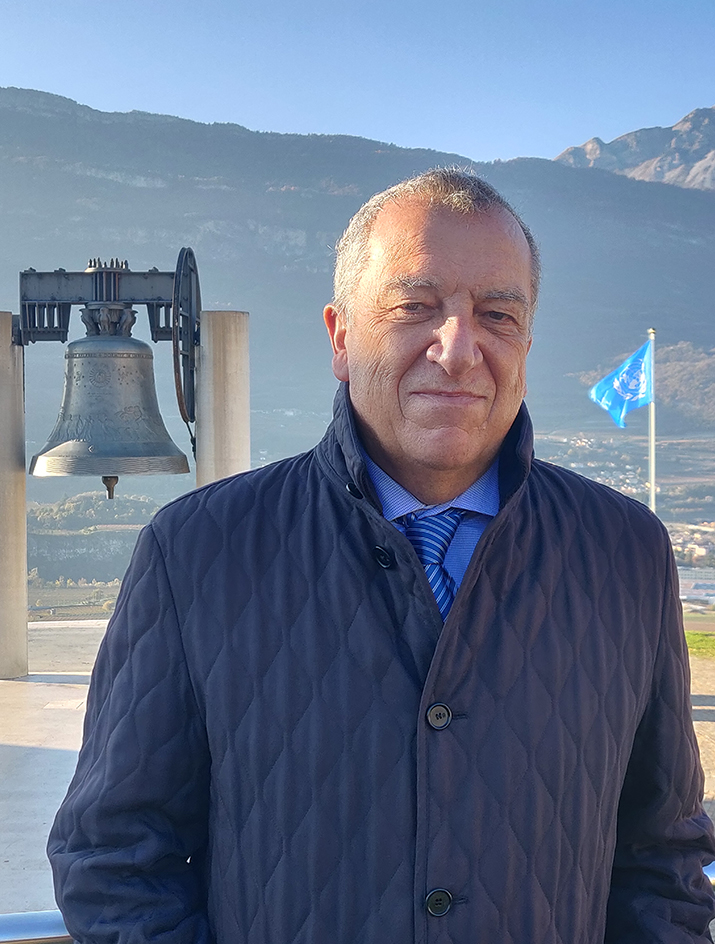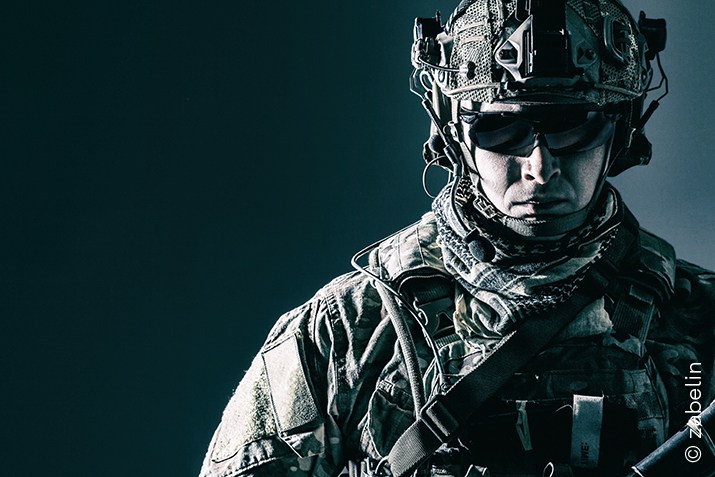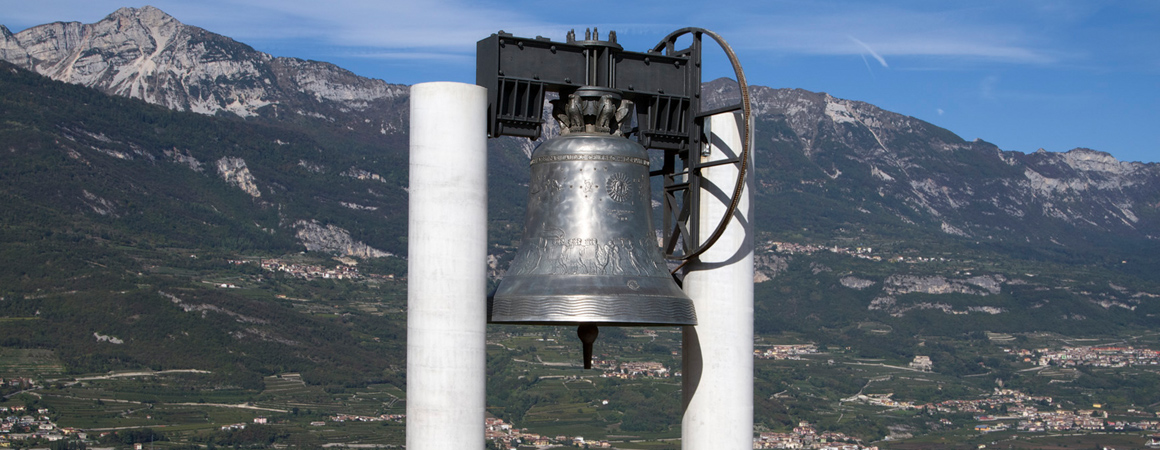The "ReArm Europe" project, presented in early March by European Commission President Ursula von der Leyen and adopted by a large majority in the Strasbourg Parliament, has, as was easily predictable, sparked reactions that are far from unanimous in the public opinions of the 27 member states, as exemplified by lively street demonstrations, both in support of and against the project.
Eight hundred billion euros is indeed a substantial sum, and the concern of many, both in Italy and elsewhere, is that it may end up being "taken away" from priority civil sectors such as healthcare, education, and the environment—in short, from the complex welfare system that Europe is rightly proud of, and which remains a valuable tool for reducing inequalities and promoting social inclusion.
And in pursuing this line of reasoning, it is also often noted that the armed forces of the 27 states already receive significant funding, given that their total sum exceeds (and by no small margin) the budget allocated by the Russian Federation to its own military, which, as is well known, has been engaged for three years in an expensive (and criminal) war of aggression against neighbouring Ukraine.
In fact, the main reason for the vulnerability of the European armies (in the plural) is primarily due to the inability to break free from the logic of national armed forces. This inevitably results in inefficiency, duplication (it is indeed disconcerting that there are as many as 12 different tank models in Europe!) and a lack of cost rationalisation.
Moreover, since the position of Commissioner for Defence is absent in the Brussels executive (a role occasionally mentioned by President von der Leyen without any practical follow-up), to whom could one entrust the challenging task of coordinating the foundations of a future European army, unifying command chains and operational procedures that have been consolidated over decades of nearly complete decision-making autonomy?
A discussion that had so far been "inter-European" was recently joined by a consideration of a different nature, prompted by the "historic" (in its most negative connotation, of course) meeting at the end of February at the White House between President Donald Trump and his Ukrainian counterpart, Volodymyr Zelensky. At the beginning of the conversation in the Oval Office Zelensky was an ally of the United States but ended it as an "unwelcome guest."
leaving aside the erratic behaviour of the 47th President of the United States (evident also in other issues, such as tariffs), the episode mentioned above raises more than a few doubts about whether Washington will continue indefinitely in its stance of "benevolent acquiescence," which has translated since the post-war period into the assumption, by Uncle Sam, of much of the burden of our defence, particularly under the umbrella of NATO. This has been essential both in the past during the Cold War and today, in ensuring peace and security in the face of "hybrid threats" in a geographical area currently experiencing various shocks, on both the eastern and Mediterranean fronts.
Against this backdrop, Europe would be committing a serious blunder if it continued with business as usual and did not seriously equip itself to cope with potential external aggression, by increasing its own capabilities.
"ReArm Europe" (admittedly an unfortunate acronym) could therefore be used as both an encouragement (and at the same time a warning) to progressively transfer defence-related matters from the 27 national capitals and Brussels, allowing the European Union to move beyond its, albeit formidable, success story in the economic and social fields, and to lay the groundwork, for now, for the future creation of the United States of Europe.
An evolution, we are sure—despite opposing views—that the younger generations would be the first to benefit from.
Reggente Marco Marsilli, Foundation President









